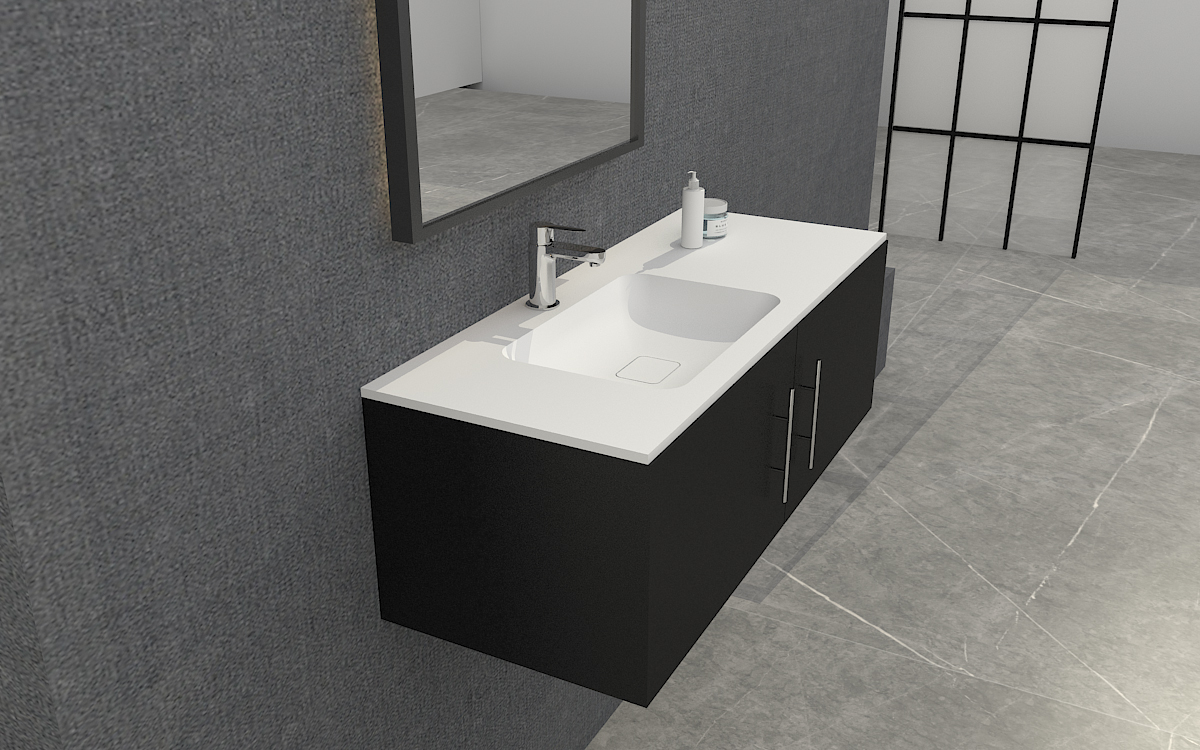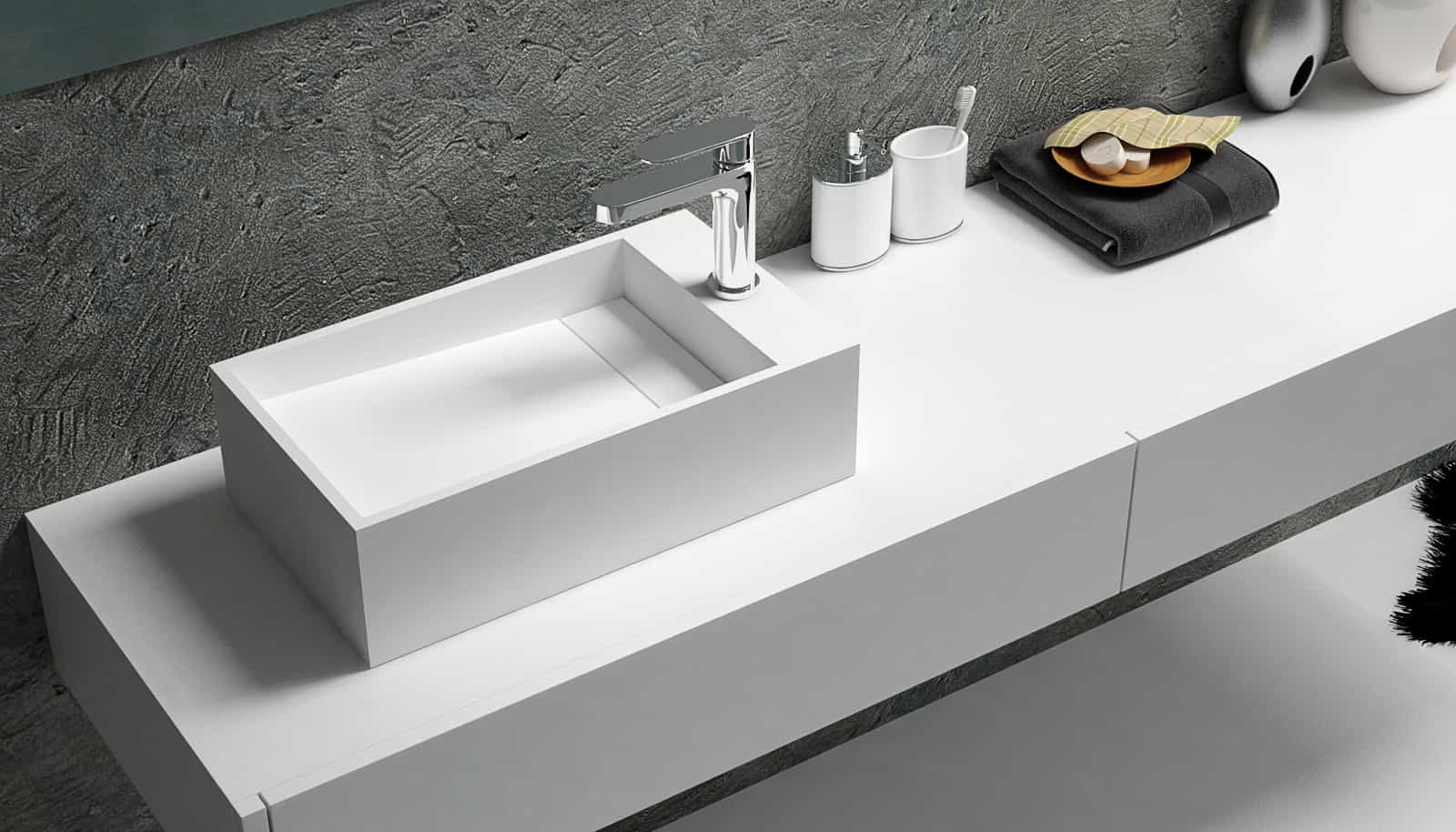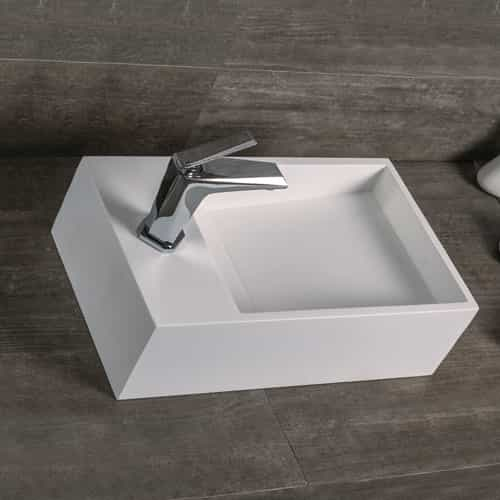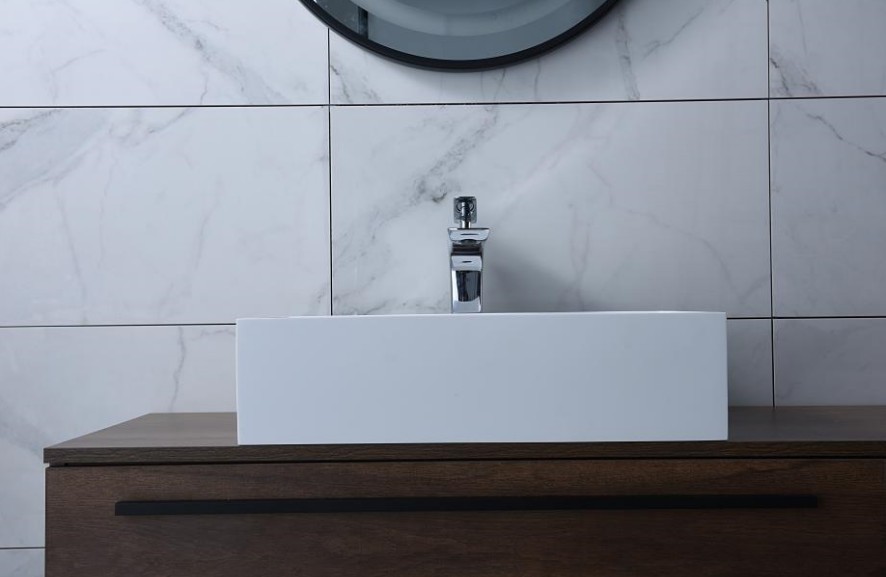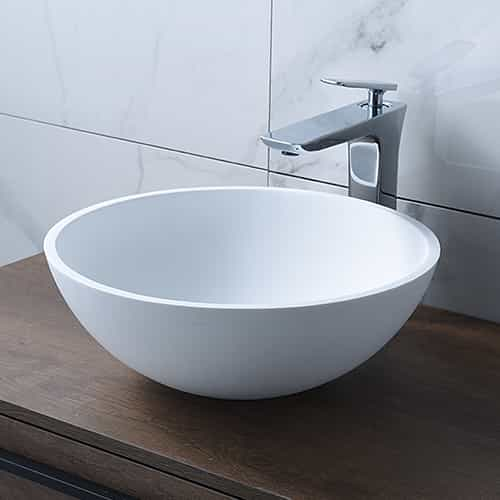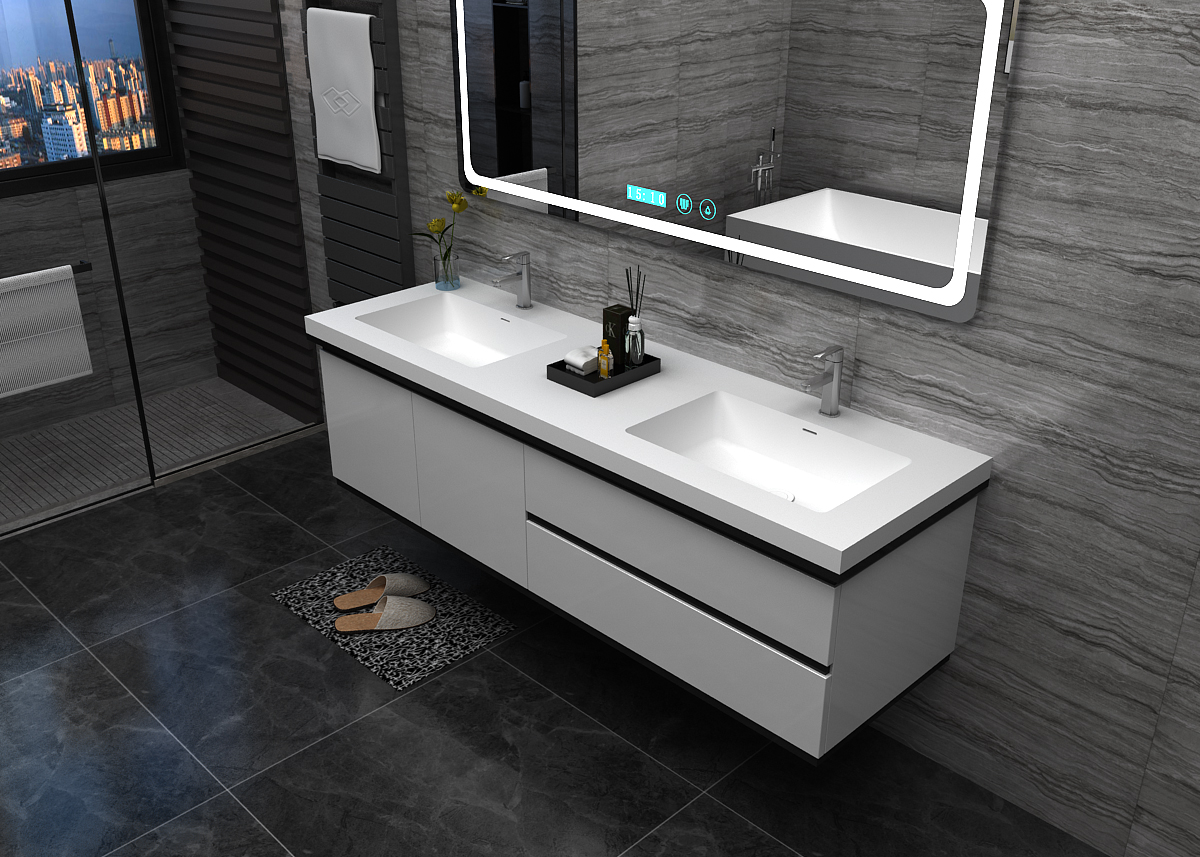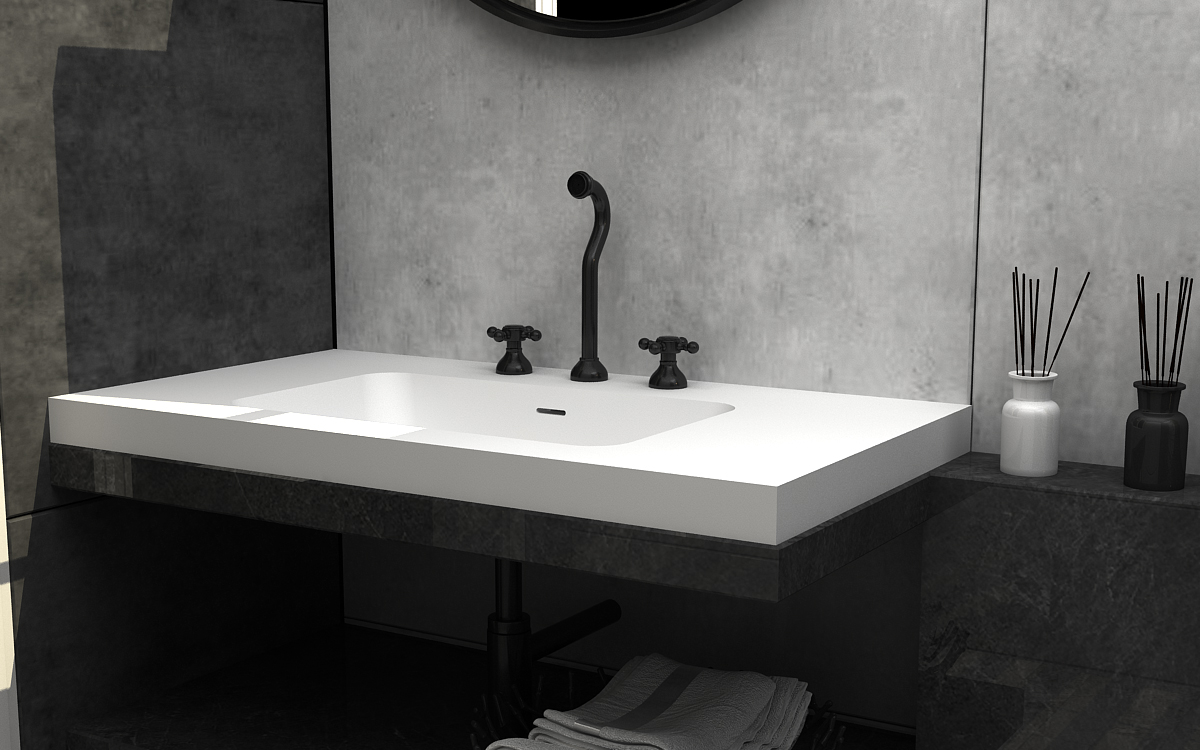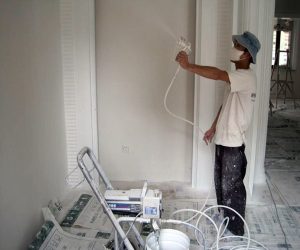
Wall paint is the final coating in painting, which has decorative and protective functions. Such as color, luster and texture, etc., also need to have resistance to harsh environments. But the bright and beautiful walls also need constant protection. If you want to keep the “face” at home at all times, the following editor will introduce to you the decoration wall treatment and wall crack treatment. Cleaning and maintenance of painting the wall!
Part1: Foaming on the wall is annoying, daily care and maintenance
After a period of time, the white and smooth wall bulged a big bubble. Especially near the bathroom and kitchen, there are various small bubbles of different sizes. These small bubbles seriously affect the appearance of the wall. What is the reason for this?
Common situation: anti-alkali on the wall
After living for a period of time, small bubbles tend to start to appear on the wall along the base line, which is caused by excessive water vapor. The parts of these bubbles often have a layer of “white hair”, that is, the phenomenon of “anti-alkali”, which is very annoying.
Countermeasures: scrape off the putty and refurbish
Seeing the bubbles on the wall, there is nothing to do. It is an eyesore, and breaking the bubbles will affect the appearance even more. So how to properly solve these situations? First of all, to deal with the foaming of the wall paint, you can first eradicate all the foaming and peeling parts, but if the problem is caused by the putty on the base of the wall, you need to eradicate the putty and reapply it with a suitable putty. Scrape and do it again.
Preventing blisters: construction is as important as maintenance
In order to prevent the wall paint from bubbling, it must start from the construction stage. Waterproofing must be done during decoration, and cracks should be repaired on the base of the wall. In addition, after decoration, the wall surface cannot be air-dried quickly, but must be dried in the shade to prevent the inside of the paint from being completely dry.
For daily maintenance, it is necessary to check frequently whether there is any leakage of the water pipe into the wall. If leakage is found, it must be dealt with immediately to prevent the water vapor from softening the putty and wall paint and causing the wall paint to bubble.
Part2: Wall stains are easy to deal with, and prevention is equally important
A good wall leaves stains that are difficult to erase, which will inevitably affect the appearance of the home. As a “face project” that covers 80% of the home environment, the wall must be kept clean from time to time. Keeping it clean is our choice of wall paint for home decoration. important question.
Common situation: all kinds of stains are inevitable
After living for a long time, there will inevitably be many stains on the walls. Especially at the foot of the wall, many footprints will be left; if children or pets in the family accidentally knock over the juice and stain the wall; or families who often hold dinner parties will accidentally knock over coffee and red wine, splashing on the Walls…this will leave stains that are hard to remove.
Countermeasure: Sandpaper to reduce stains
If you find special dirt on the wall, you should wipe it off in time. The method is to wipe the water-resistant wall with a cloth, and dry it with a dry towel after washing; Afterwards wipe gently.
For some walls that are relatively strong, or stains that are difficult to wipe off with water. You can use fine sandpaper to gently wipe off the black, and then use a wall paint brush to repair it a little. Shallow stains can be lightened with a little sandpaper.
Antifouling coup: the most convenient waxing protection
For wall paint, the best cleaning and maintenance method is to wipe off the floating dust on the surface every day, and regularly clean and maintain it with fountain mist wax water. The wax water not only has cleaning effect, but also forms a transparent protective film on the surface layer, which is more convenient for daily use. clean.
Part3: The wall should also prevent dry cracks, there are ways to deal with cracks
In daily life, you must have seen cracks on the wall, that is, cracks in the coating film on the surface of the wall, and the cracks are like crocodile scales. Such a wall must be ugly, so do you know the causes and treatment methods of cracks? The following editor will explain them one by one for you.
Common situation: Cracking of wall paint
There are many cases of cracking. First, the details of paint painting are not handled properly. If the primer is not completely dry, paint the wall paint immediately; second, it is related to abnormal weather. The coating continues to expand and contract, resulting in cracks.
Countermeasures: find out the cause and then deal with it
For cracks, we can use a spatula to shovel off the paint film about 10 cm on both sides of the crack to expose the substrate and find out the cause of the crack. If there are cracks in the substrate, you can use caulking plaster to fill the cracks, wait until the plaster hardens, then scrape the putty, and repaint the latex paint. It is recommended to use elastic paint, and now many brands have introduced elastic film, which can more effectively prevent paint cracking.
If there are only cracks on the paint surface, shovel off the cracked part and repair it with the same color paint. Note that after the paint is repaired, the joints between the old and new paint must be smoothed with sandpaper to increase the aesthetics.
Anti-cracking skills: good environmental temperature and humidity control
Common wall cracks are generally caused by sudden changes in climate, which cause the wall to rapidly expand with heat and contract with cold, resulting in cracks. Therefore, in the changeable weather, the indoor temperature and humidity should be adjusted through the opening and closing of doors and windows, air conditioners, and dehumidifiers to avoid “early retirement” of walls.
Part4: Mildew on the paint surface hinders the appearance, moisture-proof and waterproof is the key
Various mildew spots often appear on the walls that have been used for a period of time, especially in some humid seasons, large and small mildew spots must appear on the walls near the bathroom and kitchen. These mildew spots have seriously affected the beauty of the “face” of the home, and a combination of prevention and treatment must be combined to create a perfect wall surface.
Common situation: damp mildew
Mold stains on the wall is an annoying thing, especially at the foot of the wall, often due to damp or excessive water vapor, black mold spots grow on the wall. Covers the wall with “stains” that are difficult to remove.
Response: Bleach helps
In the case of mildew on the wall, you can use the bleach used for laundry in the supermarket and wipe it with a damp cloth. It can not only effectively remove the mildew on the surface, but also has the effect of disinfection, but it is only suitable for white walls. Painted surfaces with colored or artistic effects should be avoided.
In addition to bleach, you can also use a professional wall mold remover, which is generally available in supermarkets. Shake the detergent well and mix it with water according to the instruction manual with an ordinary air-pressure spray can, and spray it on the moldy wall. After about 30 minutes, the mold will decompose naturally. These removers are suitable for walls of various colors, but are relatively expensive.
Anti-mildew tips: daily moisture absorption is very important
In order to prevent mildew on the wall, daily moisture-proof maintenance is very important. In the wet season or rainy weather, you can place coffee grounds, tea leaves or activated carbon at the foot of the wall near the bathroom and kitchen as moisture absorbers. In addition, if the home is too humid and the walls feel sticky, you can light candles in the corner to reduce the indoor humidity, or use a professional dehumidifier or use the dehumidification function of the air conditioner.








